Yeast Infection Ear Mites in Dogs: Causes and Treatments
Does your dog constantly shake its head or scratch its ears? Many pet owners confuse ear mites with yeast infections because both cause discomfort and ear issues. Left untreated, these problems can worsen and lead to chronic ear disease. This guide explains everything you need to know about yeast infection ear mites in dogs, how to spot the differences, and the best treatments to help your furry friend recover quickly.
What Are Ear Mites and Yeast Infections?
Ear mites are tiny parasites that live inside your dog’s ear canal, feeding on ear wax and skin oils. They are contagious and easily spread between pets. Yeast infections, on the other hand, are caused by an overgrowth of yeast (Malassezia pachydermatis) that normally lives on the skin. When the ear environment becomes warm, moist, or imbalanced, yeast can multiply excessively, leading to irritation, inflammation, and infection.
Causes of Yeast Infection in Dogs
Weakened immune system that cannot regulate yeast growth
Excess moisture in the ears after swimming or bathing
Food or environmental allergies that cause inflammation
Underlying conditions like hormonal imbalance or hypothyroidism
Overuse of antibiotics that disturb the skin’s natural balance
Symptoms of Ear Mites in Dogs
Frequent head shaking or scratching
Dogs with ear mites will shake their heads repeatedly due to irritation.
Scratching around the ears can cause sores and secondary infections.
Brown or black ear discharge
The discharge often looks like coffee grounds and is a key sign of ear mites.
Excess ear wax buildup may block airflow and worsen the infection.
Slight foul odor
A mild sour smell is common when ear mites create inflammation.
The odor can become stronger if a yeast infection develops simultaneously.
Redness, swelling, and hair loss around ears
Inflammation may cause the ears to appear red and swollen.
Constant scratching can lead to hair loss around the ear base.
Symptoms of Yeast Infection in Dogs
Changes in skin color and texture
Skin around the ears may darken or thicken over time.
Chronic yeast infections often cause elephant-like skin texture.
Oily skin
Yeast infections commonly produce greasy, oily patches around the ears.
This creates a favorable environment for more yeast growth.
Scaly skin
Flaky, dandruff-like scaling may appear on or around the ear flaps.
Head tilting and shaking
Dogs often tilt their heads or shake due to ear discomfort.
Scratching and rubbing
Excessive pawing or rubbing against furniture is common.
Swelling and warmth
Infected areas may feel hot and swollen to the touch.
Hair loss
Prolonged infections may cause fur to thin or fall out.
Drooling
Severe ear yeast infections sometimes lead to drooling due to pain.
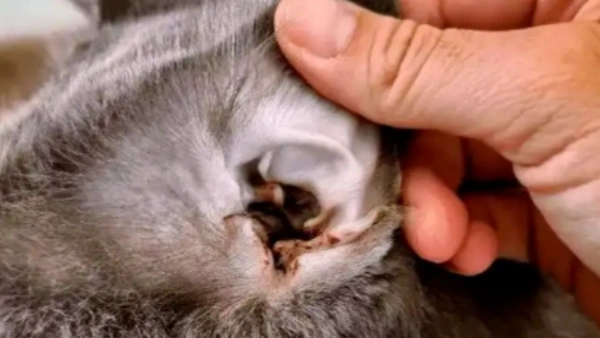
How Do Dogs Get Ear Mites?
Dogs usually catch ear mites from other infected animals such as cats, rabbits, or other dogs. The mites spread quickly through close contact or shared bedding. Puppies are especially vulnerable because their immune systems are still developing.
Differences Between Ear Mites and Yeast Infection in Dogs
| Feature | Ear Mites | Yeast Infection |
|---|---|---|
| Cause | Parasitic mites | Fungal overgrowth |
| Discharge | Dark, coffee-ground-like | Yellow, brown, or waxy |
| Odor | Mild sour smell | Strong, musty odor |
| Contagious | Yes | No |
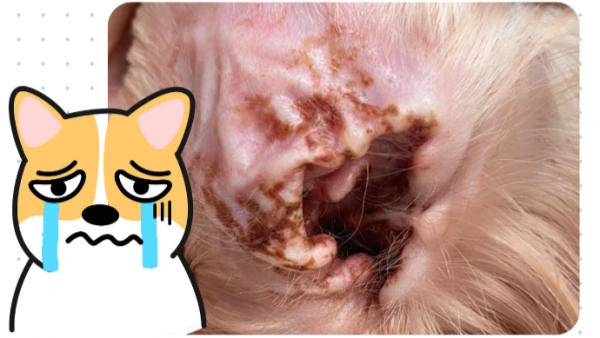
Treatment for Dog Ear Yeast Infections
Treating yeast in dogs ears requires antifungal medications prescribed by a veterinarian. Depending on severity, treatment may include:
Ear cleaning solutions to remove wax and debris
Topical antifungal creams or drops
Oral antifungal medications for deep infections
Treating underlying causes such as allergies or hormonal imbalance
Everything Our Vets Recommend
Home Remedies for Dog Ear Yeast Infections
Medicated baths
Use vet-approved antifungal shampoos to reduce yeast on the skin.
Topical creams
Apply antifungal ointments as directed by your vet.
Cleaning your dog’s ears
Regularly use ear cleaners to remove moisture and wax buildup.
Oral medications
Deep ear infections may require oral antifungal treatments.
Keep paws clean and dry
Moist paws can spread yeast to ears when scratching.
Recovery and Management
With proper treatment, most yeast infections improve within 2–3 weeks. Ongoing management is key:
Regular ear cleaning to prevent recurrence
Addressing food allergies or environmental triggers
Maintaining a healthy diet to strengthen immunity
Can Allergies Cause Ear Infections in Dogs?
Yes, food or environmental allergies can cause chronic inflammation in the ear canal, making it easier for yeast to overgrow. Identifying and eliminating allergens is an important part of preventing future infections.
Prevention of Yeast Infection Ear Mites in Dogs
Avoid hot and humid conditions
Limit outdoor time during extreme heat and humidity.
Feed hypoallergenic diets
Special diets may help reduce allergy-related ear issues.
Routine ear health checks
Check ears weekly for discharge, odor, or redness.
Trim ear hair
Excess hair can trap moisture and encourage yeast growth.
Use flea and tick prevention
Parasites can trigger scratching that worsens infections.

Yeast Infection Ear Mites in Dogs FAQs
How to tell the difference between ear mites and yeast infection in dogs?
Ear mites usually cause dark, coffee-ground-like debris, while yeast infections produce a strong odor and yellow-brown discharge. A vet exam confirms the cause.
How do you treat ear mites in dogs with yeast infections?
A vet may prescribe a combination of antiparasitic and antifungal medications along with thorough ear cleaning.
Can ear mites cause yeast infection?
Yes, the irritation and scratching from mites can create an environment where yeast overgrows.
What foods cause yeast infections in dogs ears?
Diets high in carbs or sugars may worsen yeast overgrowth. Some dogs also develop yeast infections due to food allergies.
Conclusion
Understanding yeast infection ear mites in dogs is essential for every pet parent. By learning what does a dog ear yeast infection look like and what does yeast in dogs ears look like, you can spot problems early. Regular cleaning, allergy management, and timely vet visits are the best ways to keep your dog’s ears healthy and free from yeast in dogs ears.
You May Like:
- 2025’s Best Flea and Tick Shampoo for Dogs – New Formulas
- Avoid These: Flea and Tick Medication for Dogs That Deliver
- Best Flea and Tick Prevention for Dogs: Year-Round Protection
- Dust Mite Treatment for Dogs: What Vets Want You to Know
User Comments
Does flea treatment kill ear mites too?
Can dogs take human probiotics?
Can dogs have people probiotics safely?
Related Articles
View all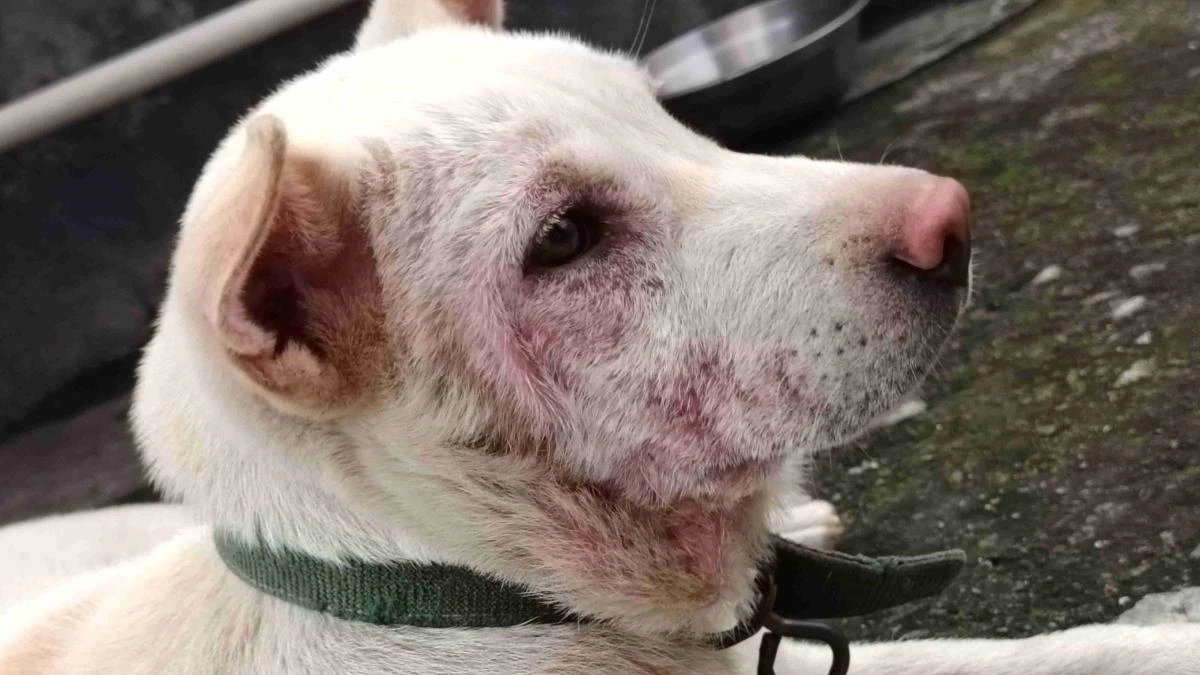
How to Get Rid of Dog Allergies Naturally: Common Mistakes

Dog Allergic Reaction Eye Swelling: Hidden Mistakes to Avoid

Why Do Bulldogs Scratch? Bulldog Skin Allergies Guide
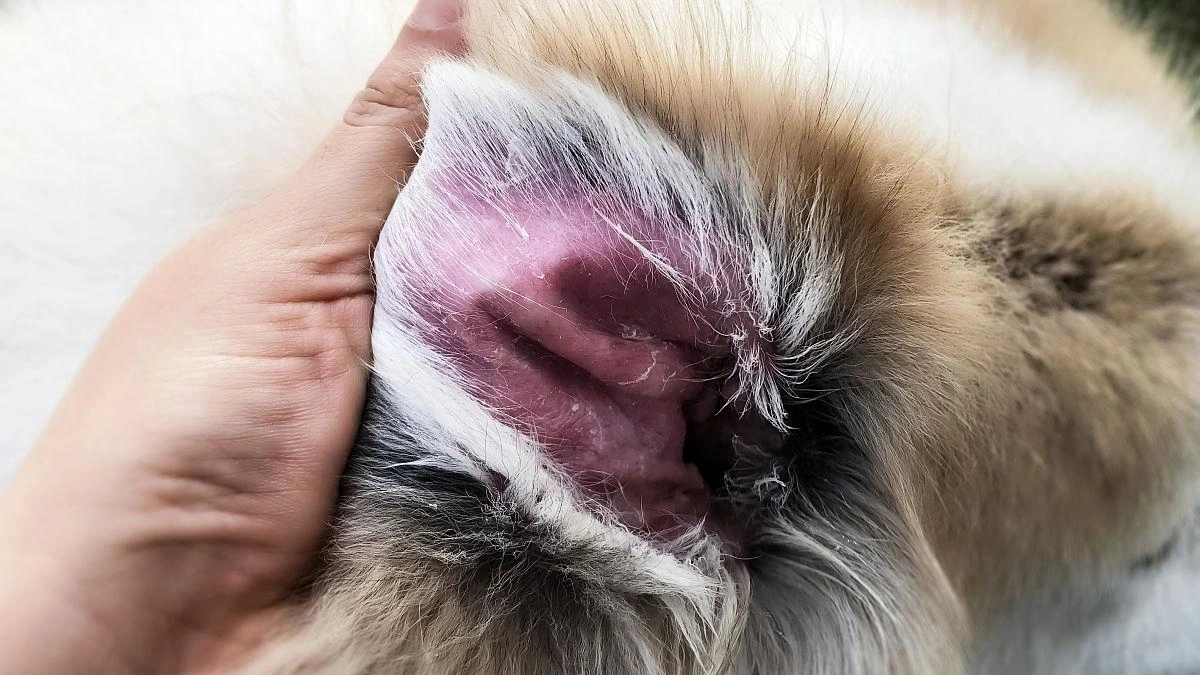
Cure for Dog Skin Allergies Owners Often Miss

How to Get Rid of Dog Allergies Naturally: Common Mistakes

Dog Allergic Reaction Eye Swelling: Hidden Mistakes to Avoid

Why Do Bulldogs Scratch? Bulldog Skin Allergies Guide

Cure for Dog Skin Allergies Owners Often Miss
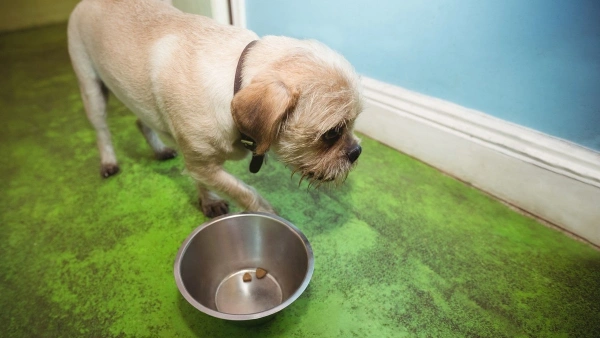
Vet-Recommended Wet Dog Food for Sensitive Stomachs — 2025 Guide
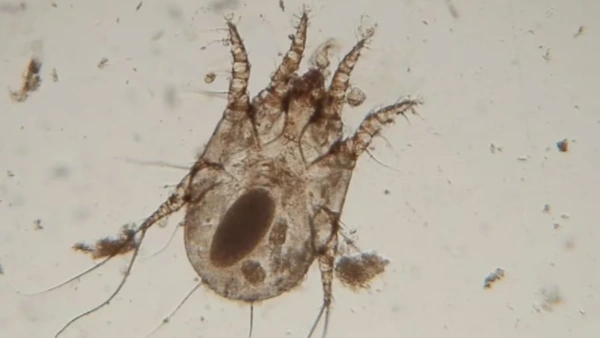
Dog Dust Mite Allergy: Symptoms, Treatment, Prevention

Can Allergies in Dogs Cause Diarrhea and Vomiting? Explained

10 Pitbull Health Problems You Should Know in 2025 — Tips


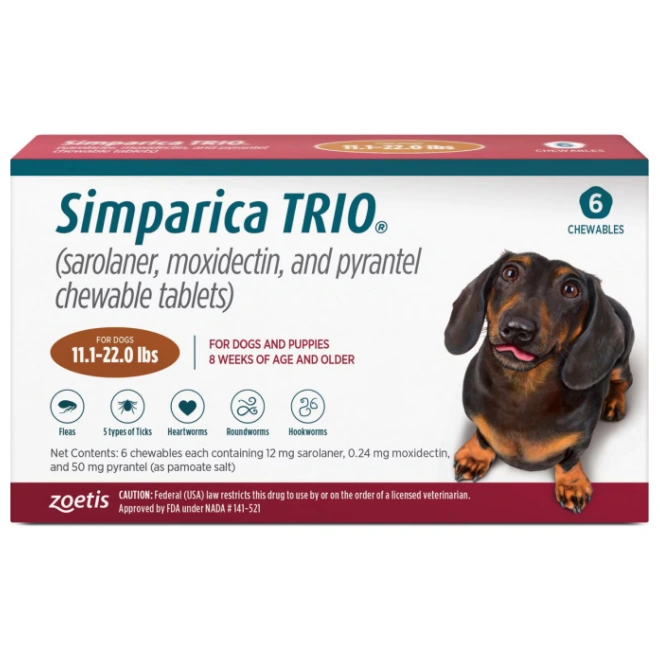
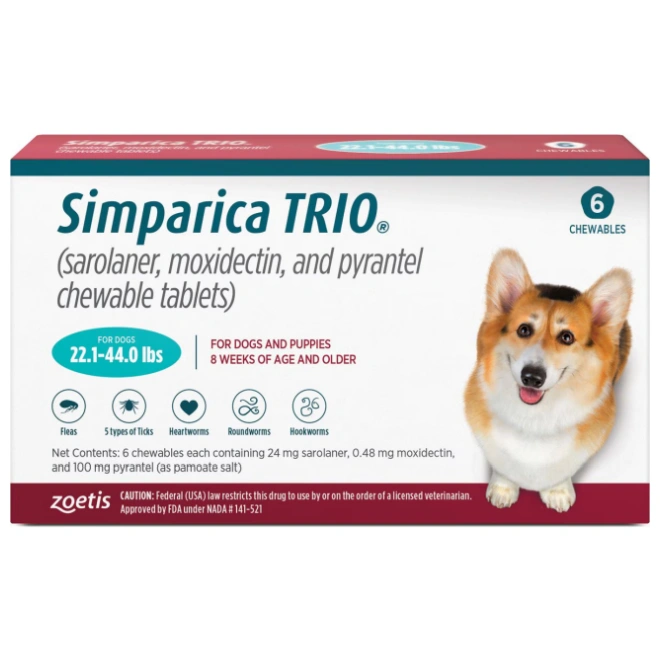
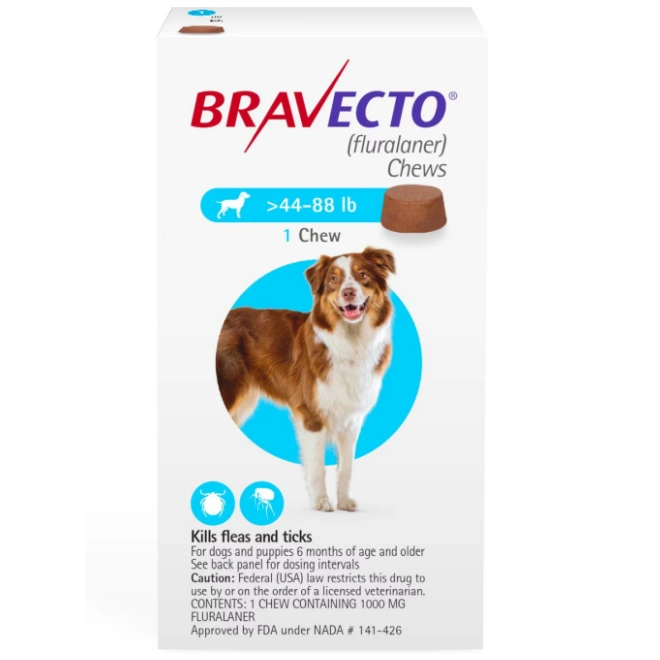
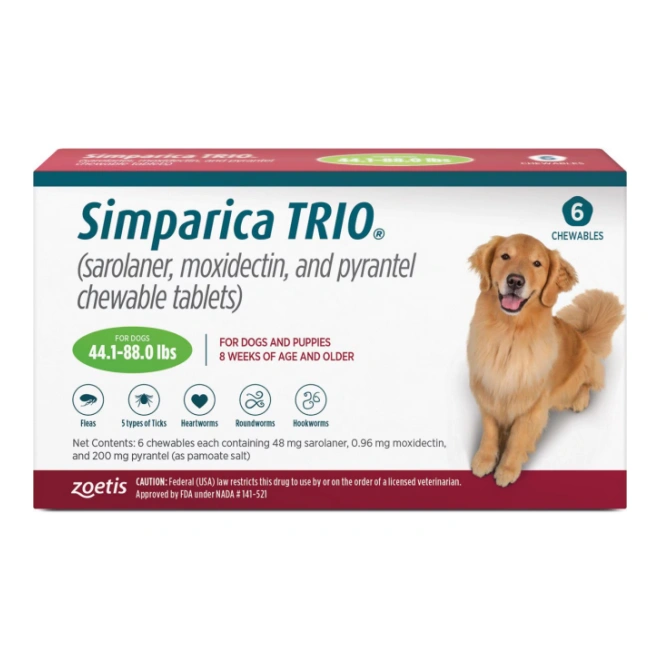








Leave a Reply